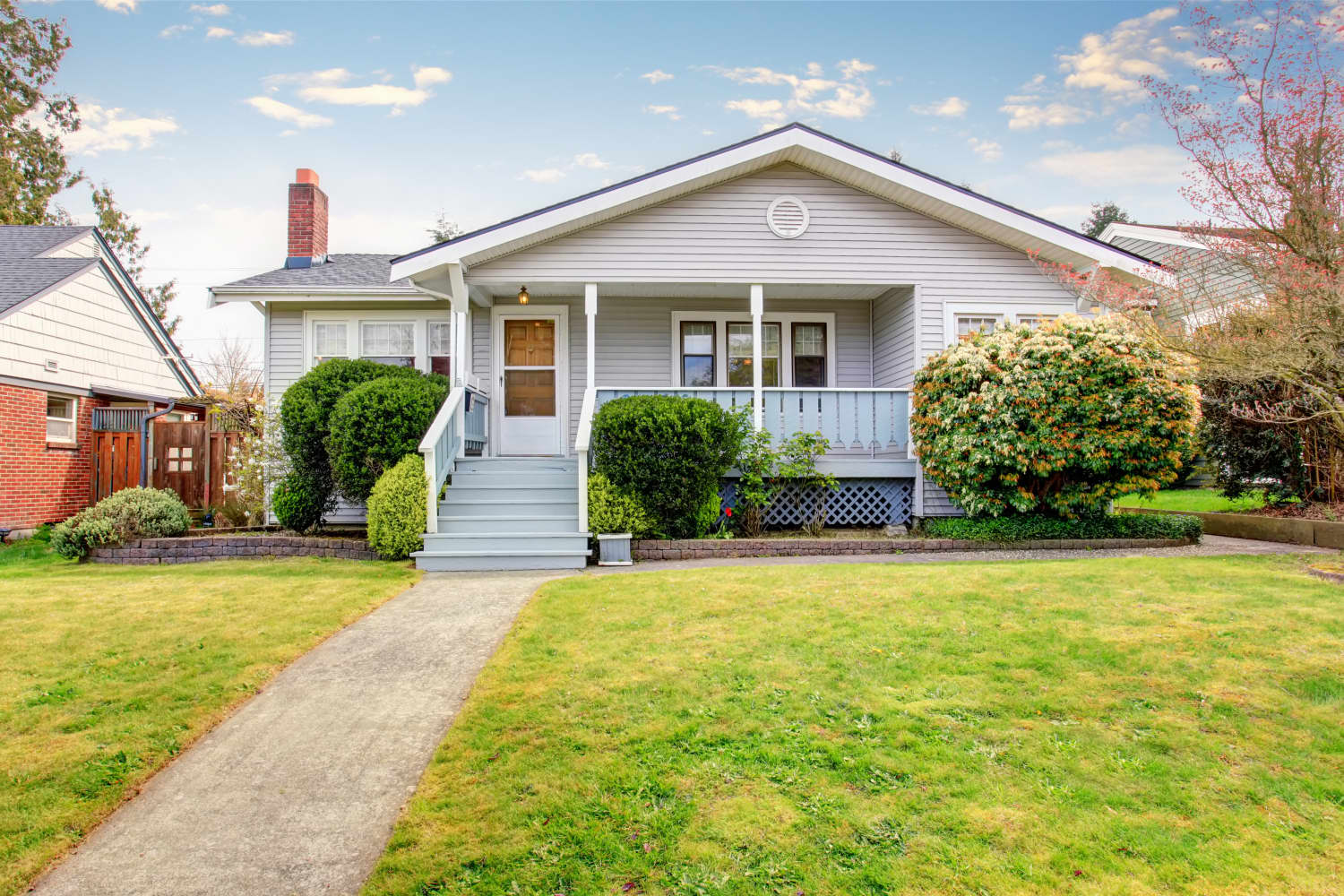[ad_1]
When it comes to the price of residential real estate, it’s all about location. Of course, it’s no secret that you’ll shell out a lot more to be a homeowner in a major metropolitan market as opposed to a rural area. That begs the question: where in the country you can snag the most affordable house?
NeighborhoodX, a real estate research and analytics firm, found the average price per square foot and average price of a house in each state. According to the company’s 2020 findings, these are the ten cheapest states to buy a home.
The cheapest states to buy a house in 2020
What kind of bang for your buck can get you in these states?
So, what kind of house can you get for these prices? Check out these picks from Zillow that give you an idea of the type of home you can get for the average price in each of the 10 cheapest states.
Wisconsin: This bright and spacious home in Oshkosh features two fireplaces and a built-in wet bar. It’s listed at $229,000 or $130/square foot.
North Dakota: This two-bedroom, two-bathroom townhome in Grand Forks has an insulated two-car garage and offers a maintenance-free lifestyle. It’s listed at $240,000, or $162/square foot.
West Virginia: This stunning three-bedroom, two-bathroom log home in Grafton is within walking distance of a marina and within two miles of a golf course. It’s listed at $229,000, or $115/square foot.
Alabama: Built in 1999, this pretty brick home in Alabaster has been lovingly maintained by one owner. It has bedrooms and three bathrooms and is priced at $237,900, or $108/square foot.
The most expensive states to buy a house in 2020
On the other end of the spectrum, the two most expensive states for housing prices are Hawaii ($516/square foot, $665,000) and California ($378/square foot, $661,000).
Ready to live the island life? This two-bedroom, two-bathroom bamboo home in Maunaloa, Hawaii has gorgeous ocean and sunset views and is nearby several popular beaches. It’s listed at $650,000, or $502/square foot.
What does housing affordability look like in the near future?
In 2020, the coronavirus pandemic has had a huge impact on nearly every aspect of our lives, and that includes the residential real estate market. While consumers usually flock to urban centers, the pandemic means more people are working from home, which means more people are prioritizing space and affordability while being more flexible on location.
“There’s a split in the market directions between cities and less densely developed areas, and between single-family houses and condominiums,” says Constantine Valhouli, founder of NeighborhoodX. “The coronavirus has, at least temporarily, caused a shift in consumer preference from urban centers to more suburban areas, and from condos to single-family houses. It remains to be seen whether this trend will continue once a vaccine has begun to be distributed.”
[ad_2]
Source link











